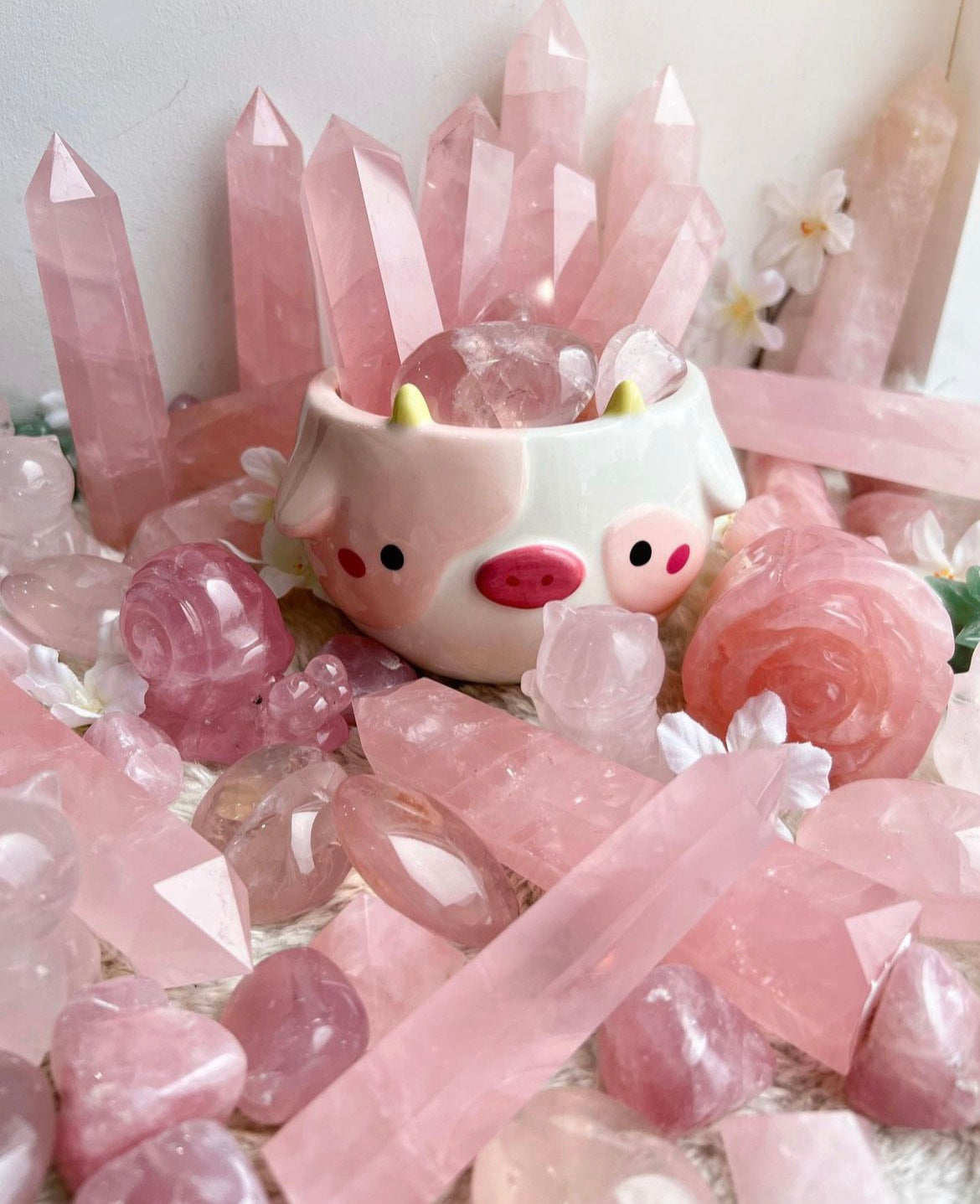
Crystalline solids, such as gemstones, are characterized by the regular arrangement of their atoms, ions, or molecules in a repeating pattern called a crystal lattice. This arrangement gives rise to distinctive physical properties, such as a high degree of symmetry and the ability to refract light.
One important property of crystals is their ability to vibrate at specific frequencies, known as phonons. These vibrations are the result of the movement of the atoms, ions, or molecules within the crystal lattice. Each type of crystal has its own unique set of phonon frequencies, which are determined by the arrangement of the atoms and the strength of the bonds between them.
The vibrations of a crystal can be described by the energy of the phonons and their momentum. Phonons with low energy and low momentum are known as acoustic phonons, while those with high energy and momentum are known as optical phonons. Acoustic phonons are responsible for the transport of heat and sound within a crystal, while optical phonons are responsible for the absorption and emission of light.
But how do these vibrations interact with our own bodies? It turns out that crystals can have a variety of effects on the human body, both physical and emotional. For example, certain crystals, such as amethyst and quartz, are believed to have calming and soothing properties, while others, such as tiger's eye and citrine, are thought to have energizing and uplifting effects.
There are several ways in which crystals can interact with the human body. One possibility is through the transmission of vibrations. Just as a crystal can vibrate at specific frequencies, our own bodies also vibrate at their own unique frequencies. When we hold or wear a crystal, the vibrations of the crystal can affect our own vibrations and potentially bring them into alignment.
Crystals can also interact with the human body through the absorption and emission of light. Many crystals, such as amethyst and citrine, are known for their ability to change color when exposed to different wavelengths of light. This process, called fluorescence, is thought to be related to the vibrations of the crystal and the absorption and emission of photons (particles of light).
It's important to note that the effects of crystals on the human body are still not fully understood and are the subject of ongoing research. Some people may find that certain crystals have a profound impact on their well-being, while others may not experience any notable effects. Ultimately, the effectiveness of crystals as a therapeutic tool will depend on the individual and their unique needs and circumstances.
In conclusion, crystals vibrate at specific frequencies due to the movement of atoms within the crystal lattice. These vibrations can interact with the human body in various ways, including the transmission of vibrations and the absorption and emission of light. While the effects of crystals on the human body are still being studied, many people find that certain crystals can have a positive impact on their physical and emotional well-being.
Written by Earthly Secrets AI




I loved this blog! I am still learning about the properties of crystals and it is nice to have a better understanding of why I gravitate towards certain crystals over others.
Leave a comment